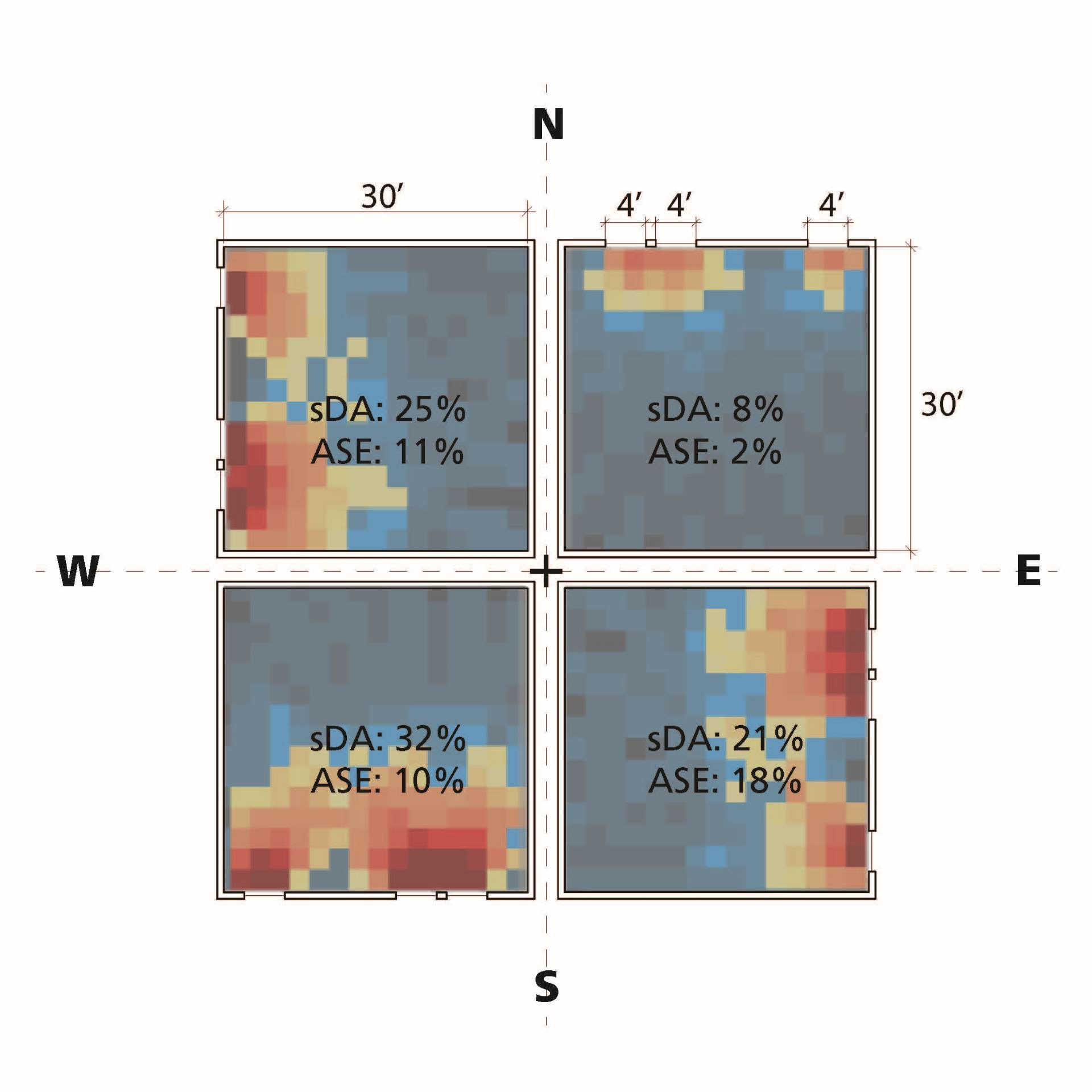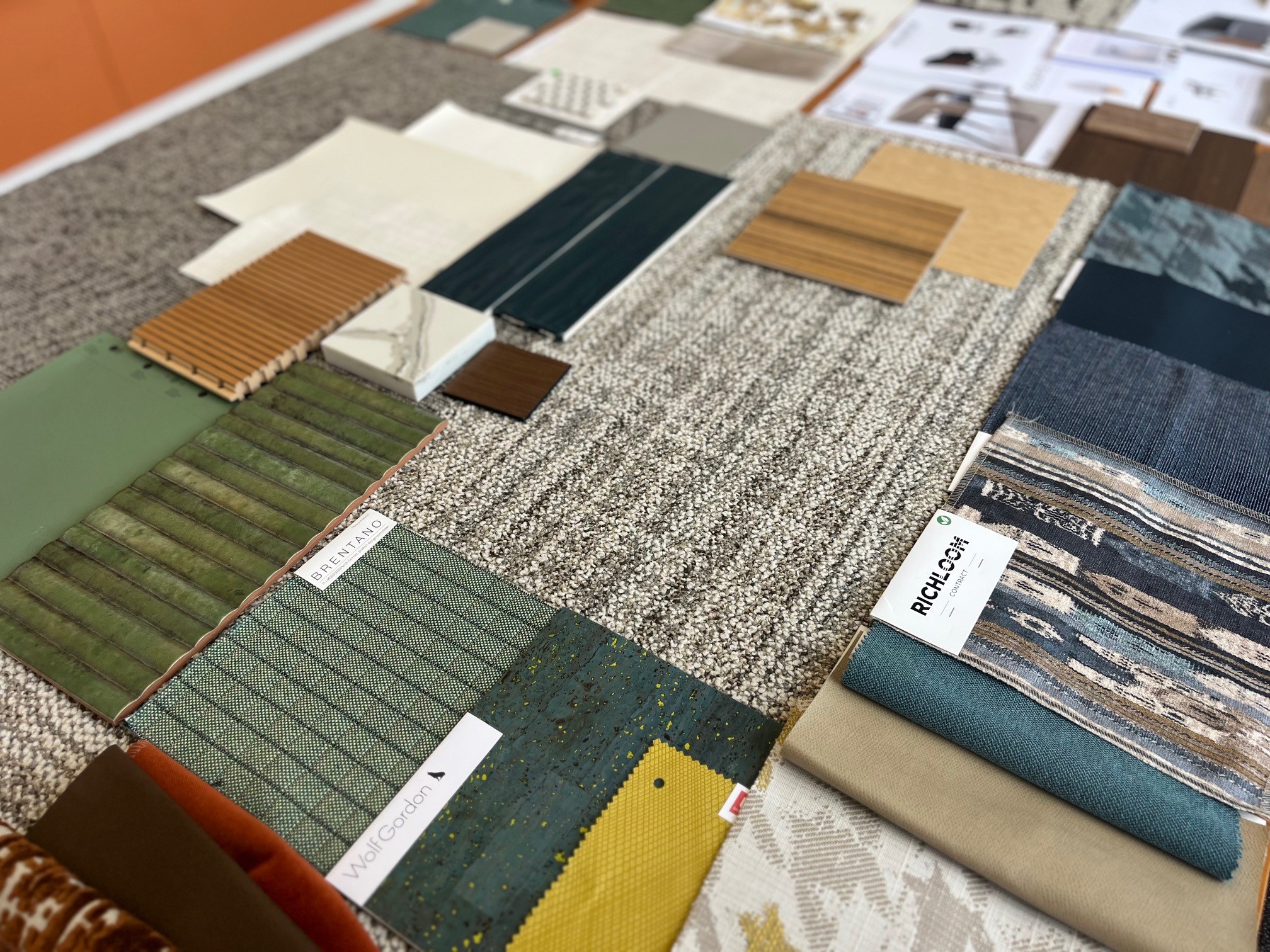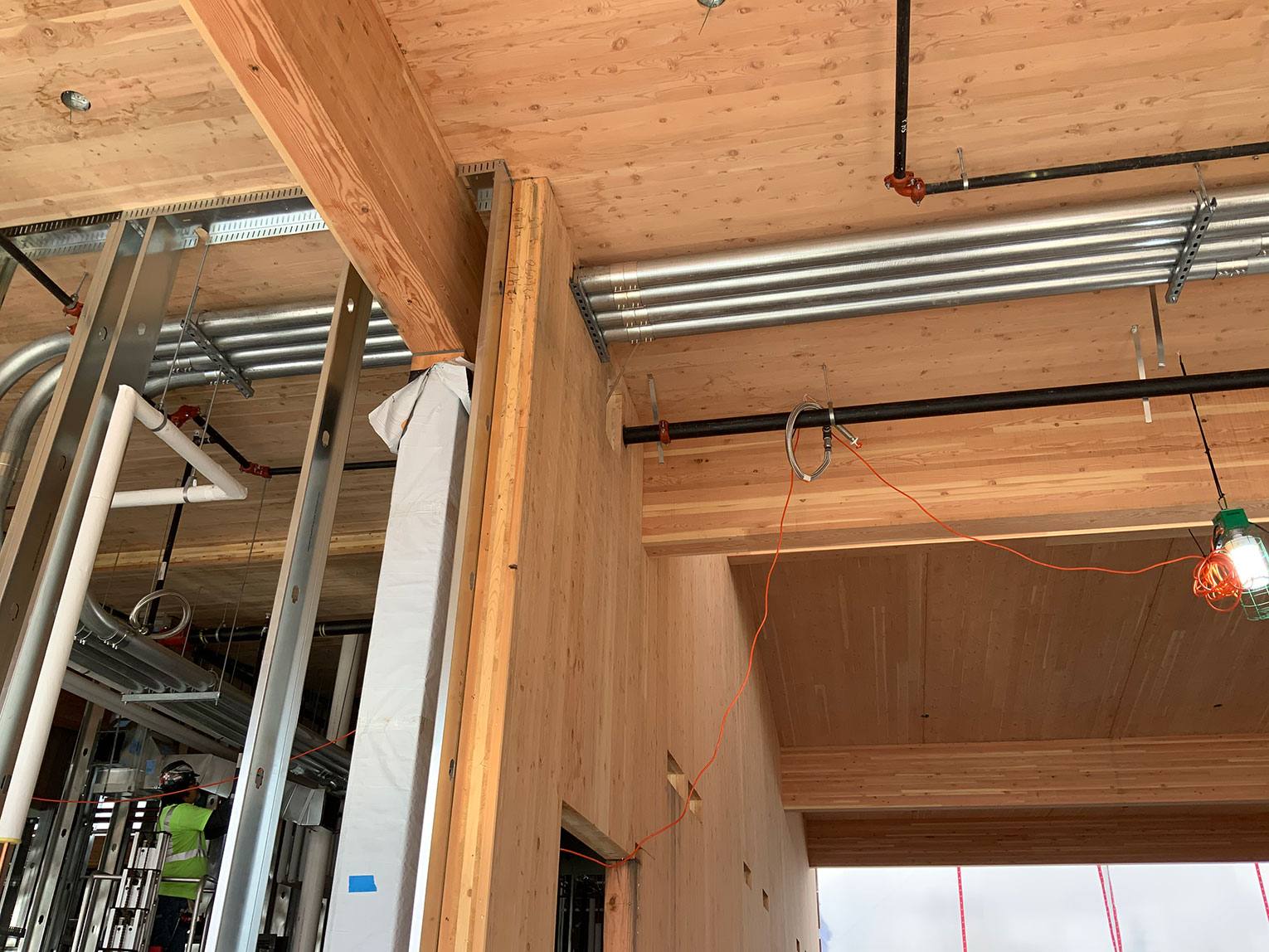In the realm of architectural design few elements hold as much transformative power as sunlight. Its presence in the built environment can shape our experiences within spaces, influence our mood and contribute to the overall sustainability of a structure. Amenta Emma has long embraced sunlight as a fundamental element in our design philosophy, pairing its immense benefits with a careful control of its ingress.
Benefits
The advantages of incorporating sunlight into our designs are multifaceted and profound. Sunlight plays a pivotal role in enhancing occupant well-being and productivity. Numerous studies have shown the positive effects of natural light on mood, cognitive function, and overall health. By fostering a connection to the outdoors, and providing ample amounts of daylight, our designs prioritize the comfort and happiness of building occupants.
We harness sunlight to illuminate interior spaces and reduce the need for artificial lighting during daylight hours resulting in significant energy savings. Moreover, sunlight serves as a powerful tool for elevating aesthetics and spatial qualities. The interplay of light and shadow highlights architectural features and creates dynamic visual interest. By carefully orchestrating the ingress of sunlight, we craft environments that are not only sustainable but also visually captivating.
When planning our projects, we pay special attention to the types of spaces to which we prioritize access to sunlight. By situating shared areas, such as meeting rooms, collaboration zones, and breakout areas adjacent to windows, we democratize access to sunlight throughout the workspace, promoting collaboration, creativity, and employee satisfaction. By prioritizing communal spaces over private offices along window walls, we strive to create a more inclusive and egalitarian atmosphere where all members of the team can thrive.
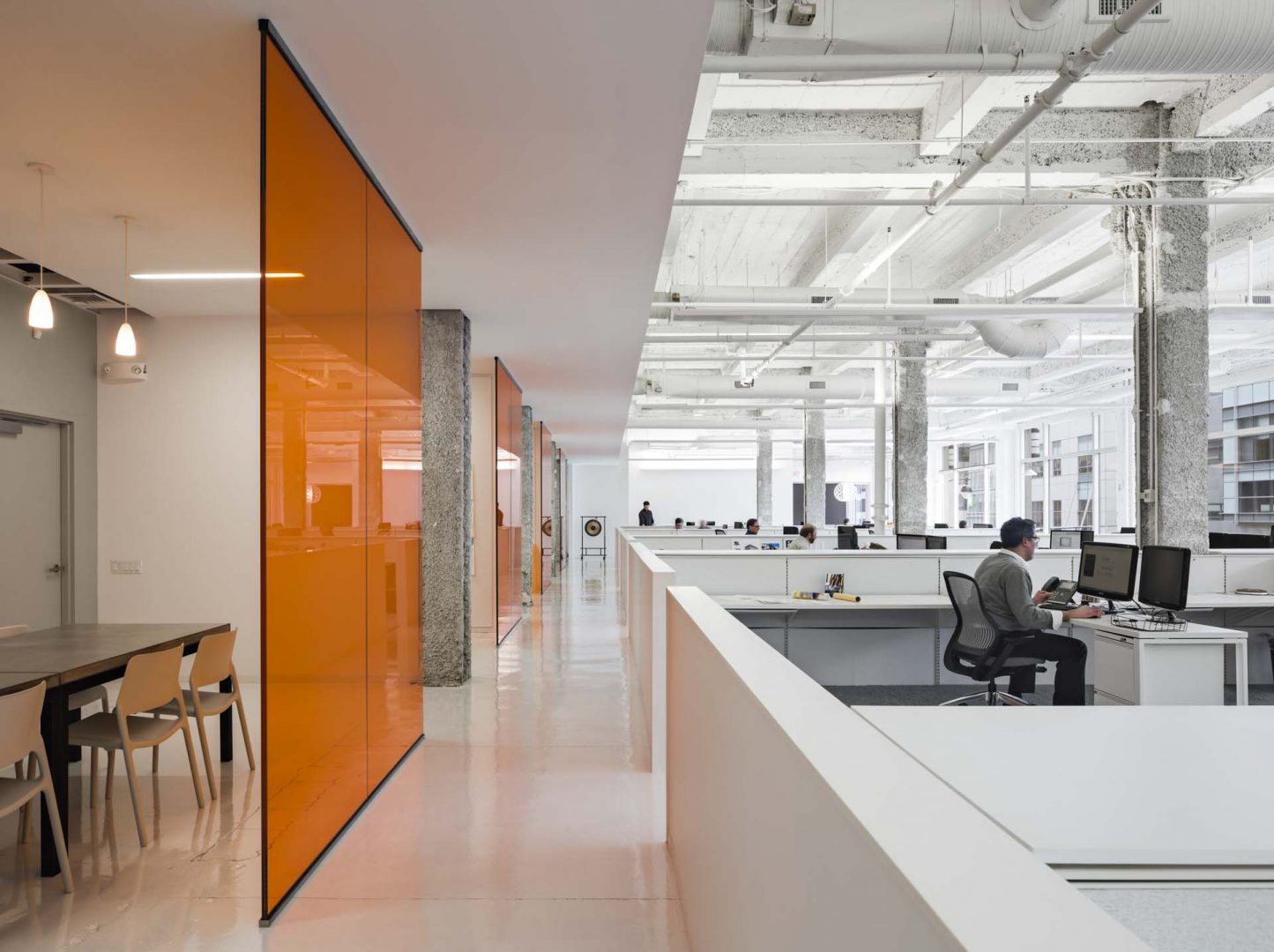
242 Trumbull Street, Hartford, CT
Process of exploration
While sunlight brings a host of benefits, its uncontrolled presence can pose challenges. Glare, excessive heat gain and uneven illumination are common issues that must be addressed to ensure optimal comfort and functionality within a building. By carefully considering factors such as building orientation, window placement and shading strategies, we mitigate the negative effects of excessive sunlight while maximizing its positive impact. Architects historically have relied on rules of thumb, visual data and calculations to assess these factors. Now we utilize advanced digital tools and simulations. At Westhill High School, for example, our project team utilized a series of studies to assess students’ access to daylight in a variety of window sizes and spacing options before arriving at a final solution. Programs like Cove.Tool have allowed our teams to perform this initial analysis while developing concepts, yielding a more informed feedback loop.
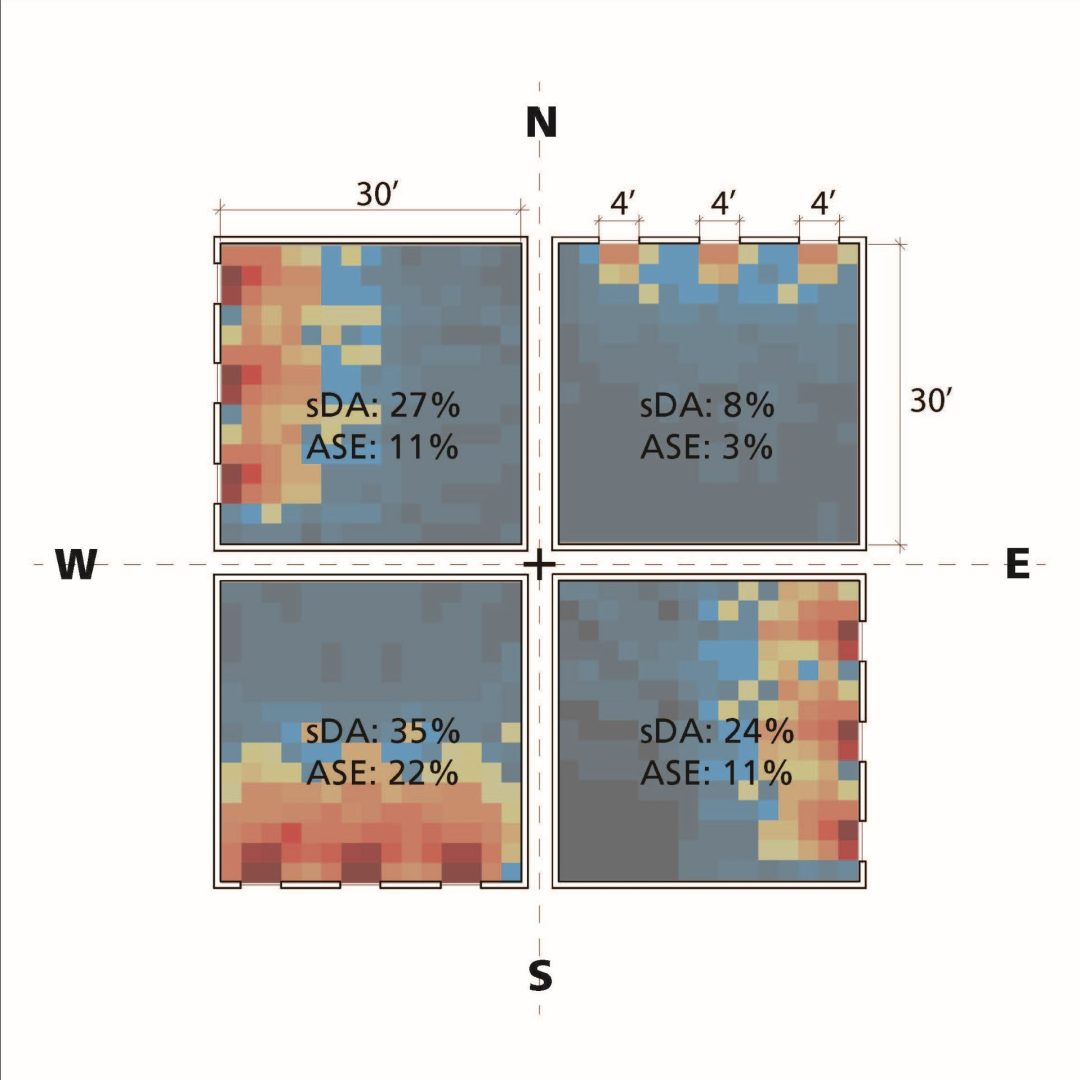

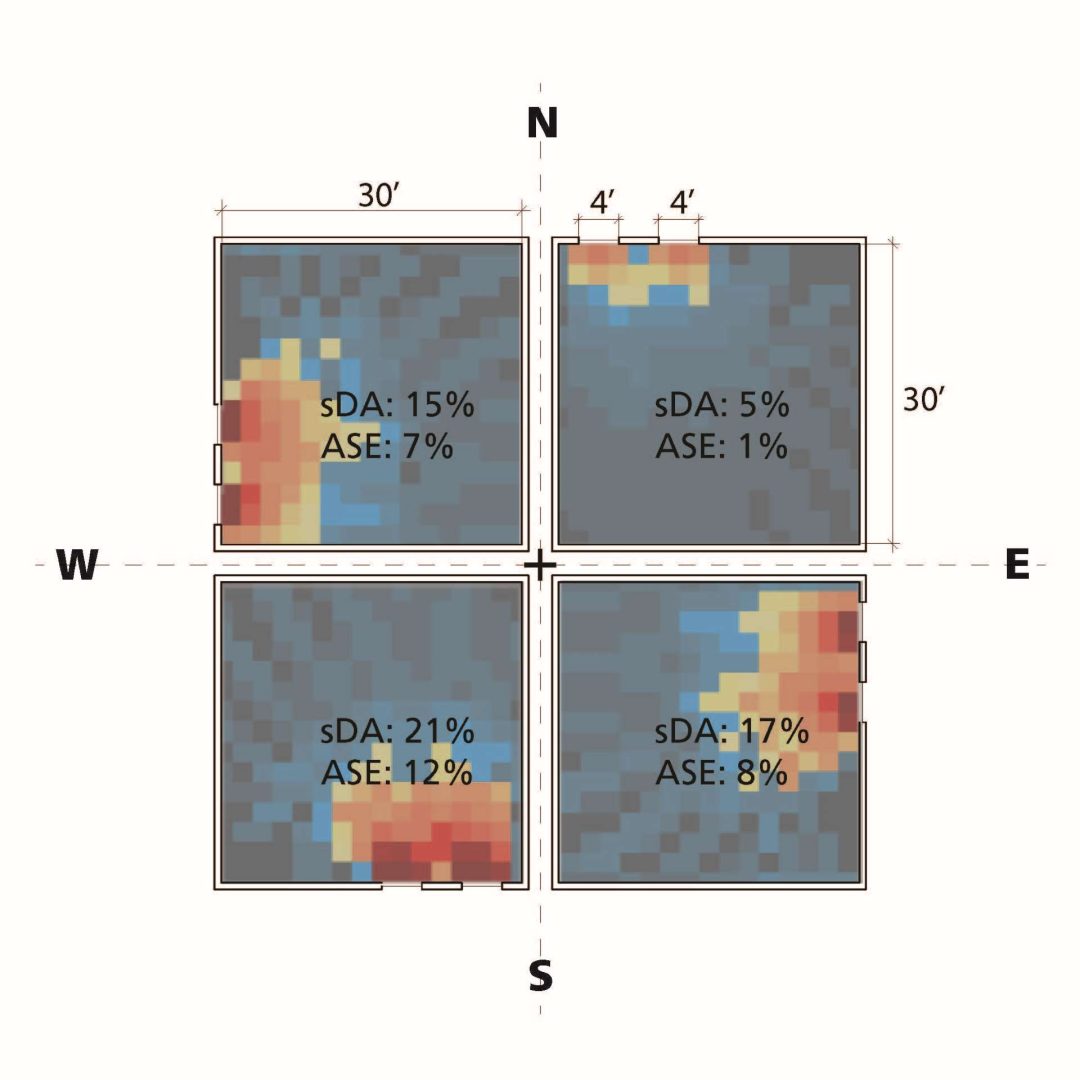
With programs like Cove.Tool we can assess daylight in a variety of window sizes and spacing options before arriving at a final design solution.
The benefits of sunlight are undeniable. By embracing sunlight, while employing careful control measures, we can create spaces that are not only functional and efficient but also beautiful and life-enhancing. We invite every client to explore the transformative power of sunlight with us to discover its transformative power.

